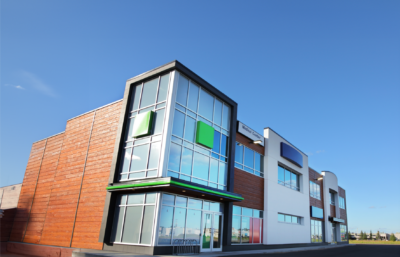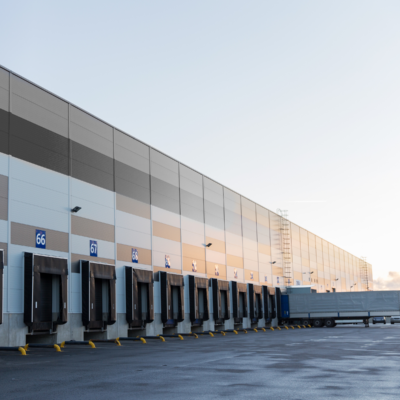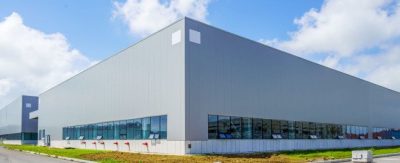healthcare real estate

Adaptive reuse has emerged as a powerful strategy, breathing new life into existing structures and redefining the future of healthcare spaces. This blog post explores the significance of adaptive reuse in healthcare real estate, shedding light on the transformative potential it holds for both investors and the communities they serve.
The Evolution of Adaptive Reuse:
Repurposing Non-Traditional Spaces:
Adaptive reuse in healthcare real estate involves repurposing non-traditional spaces, such as warehouses, retail buildings, or historic structures, into healthcare facilities. This innovative approach reflects a departure from conventional healthcare settings and embraces the versatility of existing structures.
Meeting Changing Healthcare Needs:
The healthcare landscape is evolving, with a growing emphasis on decentralized and community-based care. Adaptive reuse allows healthcare providers to strategically position facilities in convenient locations, meeting the changing needs of patients and fostering community-centric healthcare delivery.
Key Benefits of Adaptive Reuse in Healthcare Real Estate:
Cost Efficiency:
Adaptive reuse is often a more cost-effective solution than constructing a new healthcare facility from the ground up. Repurposing existing structures can lead to significant cost savings in terms of construction, permitting, and overall project timelines.
Sustainability and Green Practices:
Transforming existing structures aligns with sustainability goals and green building practices. Adaptive reuse minimizes the environmental impact associated with new construction and contributes to the sustainable development of healthcare real estate.
Community Integration:
Adaptive reuse projects have the potential to seamlessly integrate into existing communities. By utilizing familiar structures, healthcare facilities become a natural part of the neighborhood, fostering a sense of community and accessibility.
Preserving Architectural Heritage:
Historic structures hold cultural and architectural significance. Adaptive reuse allows for the preservation of these structures while repurposing them to meet modern healthcare needs. This not only honors the architectural heritage but also contributes to the character of the community.
Successful Examples of Adaptive Reuse in Healthcare Real Estate:
Medical Office Buildings (MOBs):
Adaptive reuse is particularly prevalent in the transformation of non-medical spaces into Medical Office Buildings (MOBs). Retail spaces, office buildings, or industrial facilities can be converted into MOBs, creating convenient and accessible healthcare hubs.
Urgent Care Centers and Clinics:
Urgent care centers and clinics are increasingly finding homes in repurposed structures. Retail spaces, for example, are well-suited for urgent care facilities, providing easily accessible locations for non-emergency medical services.
Wellness and Fitness Centers:
Adaptive reuse extends beyond traditional medical services to include wellness and fitness centers. Repurposing spaces like former gyms or retail locations for preventive care and fitness services aligns with the broader trend of holistic healthcare.
Challenges and Considerations:
Regulatory Compliance:
Ensuring that repurposed structures comply with healthcare regulations is a critical consideration in adaptive reuse projects. Navigating regulatory requirements to meet the standards for healthcare facilities is essential for the success of such endeavors.
Infrastructure Adaptation:
Adapting existing infrastructure to accommodate the specific needs of healthcare facilities may pose challenges. Comprehensive planning and collaboration with architects and engineers are vital to address infrastructure requirements.
The Future Landscape of Healthcare Real Estate:
Adaptive reuse is poised to play a pivotal role in shaping the future landscape of healthcare real estate. As the industry embraces innovative solutions to meet the evolving needs of patients and communities, adaptive reuse projects will continue to transform existing spaces into dynamic and accessible healthcare environments.
Investors, healthcare providers, and communities alike stand to benefit from the adaptive reuse of non-traditional structures, creating a future where healthcare is not confined by traditional norms but thrives in diverse and community-integrated spaces.
Raigan Stokes
Sales Associate
Rstokes@msbrealty.com
Mark S Bounds Realty Partners, Inc.









You must be logged in to post a comment.